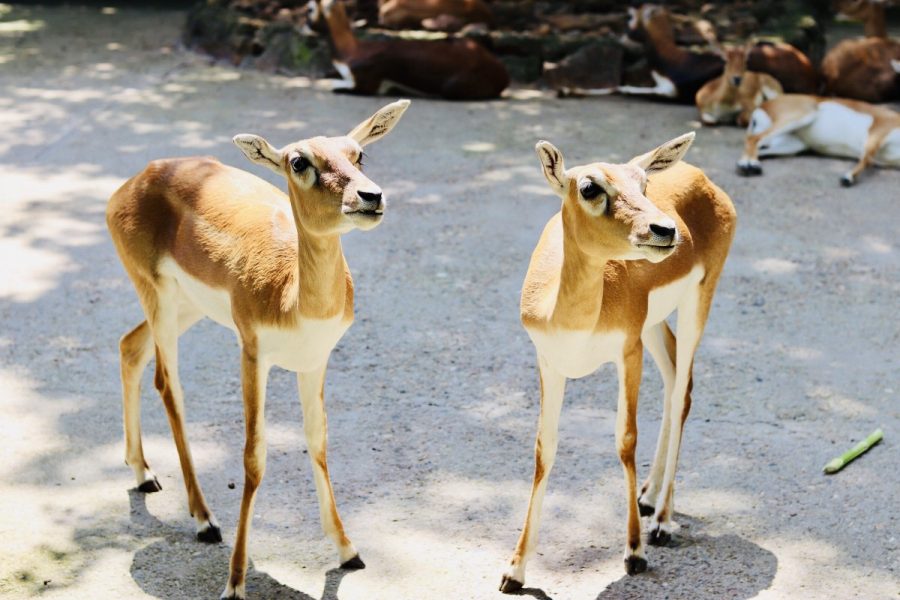What Wildlife Has Been Doing In Their Spare Time
Wildlife along the front range seems to be reacting to the increase of human activity during the coronavirus and during the wildfires by moving to places where there are fewer people and less activity.
These animals are very sensitive to their environment. A biologist for Colorado Parks and wildlife, Shannon Schaller said they have moved to a more open area with less fires because of this.
“Everything with wildlife is risk assessment especially this urban wildlife,” Shannon Schaller said. “They learn how to manage risk, and if open space has five times the number of people they normally have.”
Schaller said these animals are going wherever they are comfortable in living.
“I think that’s what we’re seeing, this shift in their ability to be comfortable and live around people,” Schaller said. “But definitely adapting to what we’re doing differently right now.”.
Post-doc student at CSU, Chris Schell hopes to learn more about preventing these damages in their habitats.
Hopefully, we can understand how problem animals are popping up, but then also how to prevent problem animals from popping up in the first place.” Chris Schell says.
All of these problems could lead to a larger problem with herds of elk. These elk are the biggest animal that is common in the Denver area.
“Those elk which should be going up into the mountains and away from people this time of year as winter is alleviating and snow is receding, they are actually staying in the foothills close to people,” Schaller said. “A growing number of elk are starting to do that. They’ve just learned that life is easier on golf courses or around people for the most part.”
Elk have been rising in numbers this year in the Denver area. Research has said that elk think life is easier around people and not in the mountains during the winter.
“As spring and summer fade into fall and winter, the migration of wildlife can lead to an increase of vehicle collisions. People should be aware that wildlife can cross roads without warning at any time of day or night. When wildlife is more active, it’s unfortunately more difficult to see them,” Schaller applies.
Due to Covid, people are experiencing rare wildlife in public areas. Pollution levels have decreased and human encounter with wildlife has been more common. Finally, Covid has given wildlife an opportunity to venture beyond their usual territory.
These animals are way more common than in the past years because of the coronavirus and of the fires. Even though these animals can be a cool sight, they can also not be so kind. According to Schaller, “Wildlife has increased in the cities and has had more human interactions than any other year before this.”

